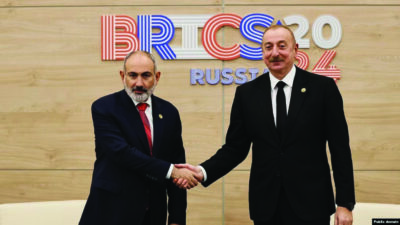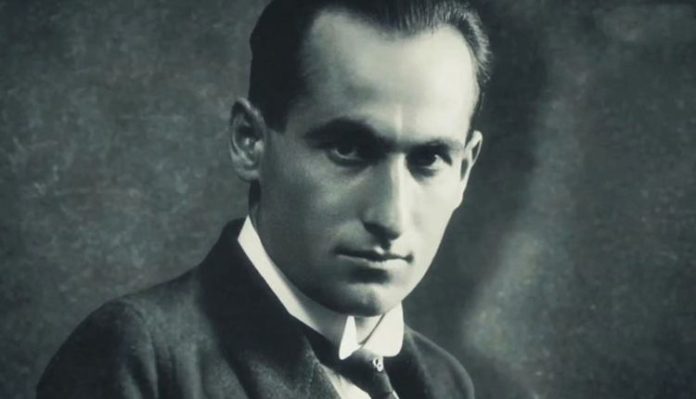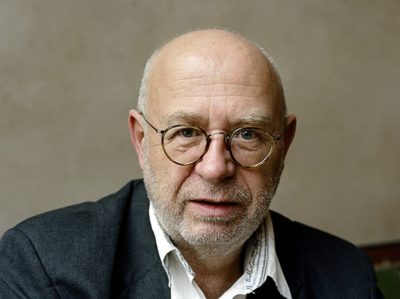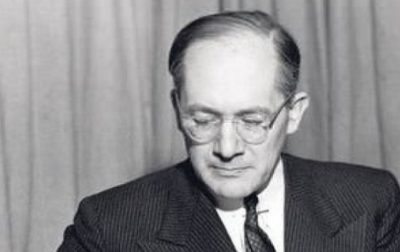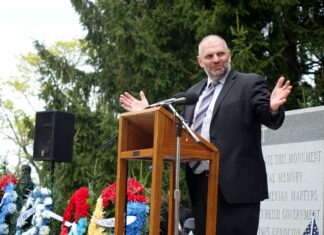BERLIN — An academic initiative sponsored this summer by AGBU Europe, “Ideas & their Consequences: Genocide and International Justice after 1919,” took place on June 3 and 4. Co-sponsored by the Lepsius House in Potsdam, the European Union of Jewish Students (EUJS) and the Roma organization Phiren Amenca, the series of talks is leading up to an academic conference to be held in late August in Berlin.
The academic conference began on the 100th anniversary of the Tehlirian trial, which followed the assassination of Ottoman Turkish wartime dictator and architect of the Armenian Genocide, Talat Pasha, by Ottoman-born Armenian revolutionary Soghomon Tehlirian. Tehlirian was acquitted of the charges of murder, though it was admitted that he had killed Talat, an outcome which, as the first two speakers reminded us, had vast implications for international human rights law.
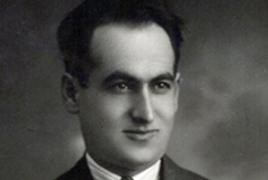
The first two speakers were Dr. Rolf Hosfeld of the Lepsius House and Dr. Stefan Ihrig of the University of Haifa. Both are authorities on the relations between Germany and Turkey during the First World War, including the history of the Armenian Genocide. Both talks were conducted via Zoom and introduced by members of the AGBU Europe team in France. They are available to view on YouTube.
Hosfeld: Tehlirian and International Law
Hosfeld’s lecture focused in on the Soghomon Tehlirian trial and examined its implications for international law. Tehlirian’s trial, though little known today in the Western world, is a key reference in Hannah Arendt’s well-known book, “Eichmann in Jerusalem,” where the question is explored of how crimes against humanity can be punished when the customary rules of legal jurisdiction have to be foregone in order to do so. f
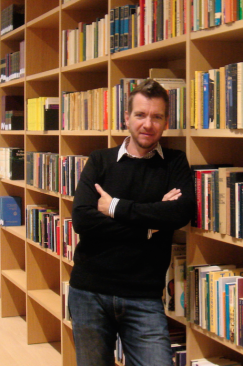
Tehlirian’s trial, pointed out Hosfeld, was a politically engineered event on the part of the Armenian Revolutionary Federation and the Operation Nemesis group under the leadership of Shahan Natalie. Tehlirian was sent to kill Talat and specifically to surrender to the police in order to be put on trial for murder. The trial was seen by the Armenian conspirators as an opportunity for the facts of the Armenian Genocide to be proven in a Western court of law. The defense attorneys essentially argued that Tehlirian had been driven to temporary insanity by the experience of witnessing the massacre of his family, which necessitated testimony regarding the atrocities committed against the Armenians by the Ottoman government and the fact that Talat was ultimately responsible for those atrocities. Despite the fact that Tehlirian had actually been fighting on the Russian side when the massacres started, he was highly familiar with what had happened to families like his, and his invented testimony was corroborated as an accurate description of the massacres by German eyewitnesses who commented on the trial.
